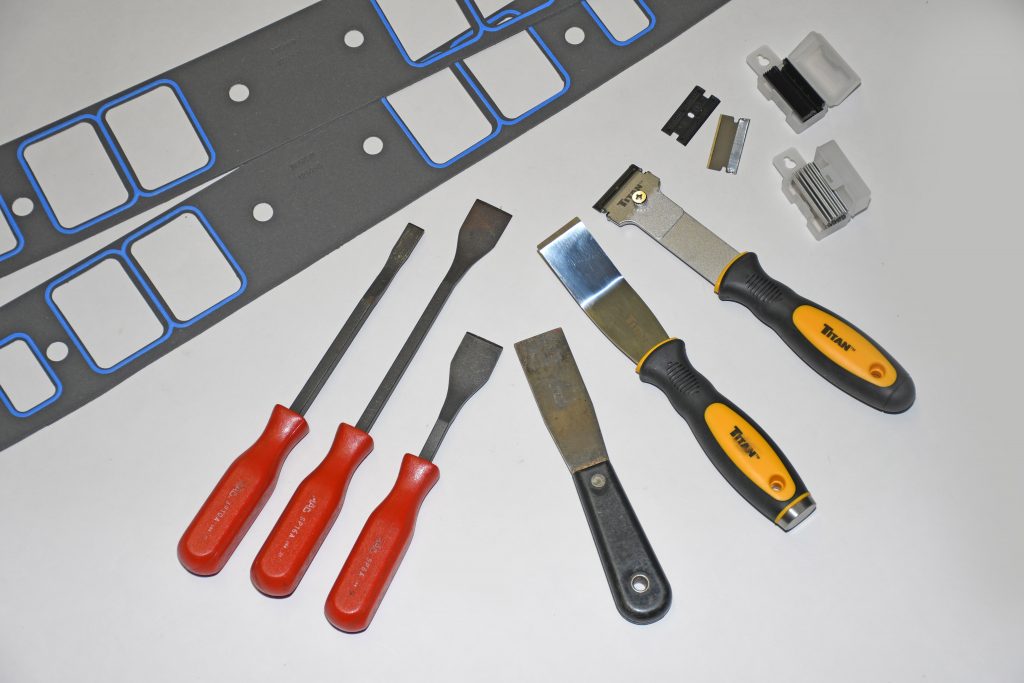
One of the most tedious jobs in the automotive hobby has to be scraping gaskets. Depending upon the type of gasket, if it was installed with extra sealants, and how long it’s been married to another part pretty much defines the level of angst you’ll encounter.
Fortunately, there are a number of ways to make gasket scraping and cleanup a bit easier.
Several chemicals can do just that and, while they don’t completely eliminate the struggle, they do make the process less painful. One of the best is Permatex Gasket Remover. This stuff foams up quickly and, in some cases, it can strip away the gasket or gasket residue with little or no scraping. Usually, it takes 15 or 20 minutes of soaking in order to work effectively. Keep in mind it doesn’t work well on silicone gasket residue (the primary mission here is to remove solvent based materials).
Good old fashioned WD-40 can also prove beneficial when the time comes to loosen or soften old gasket pieces or to remove residue. Simply spray it on and allow it some time to work. In most cases, it won’t remove the gasket or gasket pieces but they will often become soft enough for you to easily remove them with hand tools.
Regardless of how effective those are, you’ll still need some gasket scraping tools. While there are several Scotch-Brite rotary discs available, one of the slickest is the 3M Roloc Conditioning Disc. According to 3M, these two-inch discs have molded, abrasive filled bristles that “strip, deburr, blend, finish, polish, clean, and remove coatings more effectively, with less pressure than wire brushes.” With these discs, you’ll also need a Roloc backing pad.
Fair enough, but what about conventional hand tools? I have several gasket scrapers in my tool box and we’ll also discuss other examples that are readily available.
I have a Mac Tools gasket scraper set and its almost identical to this Sunex Tools 3-piece scraper set. Included in the Sunex set is a long blade scraper and a short blade scraper, along with a half-inch wide scraper to cover multiple jobs. All three scrapers feature durable construction with strong steel blades and comfortable handles.
A pretty cool gasket scraper you might not be able to live without once you’ve used it is the Titan Tool offset stainless scraper. This tool has a 1.250-inch offset blade that allows you to get into some tight locations, but it also allows for good pressure on the handle. And speaking of the handle, it’s ergonomic and feels great in your hand.
Another slick scraper tool from Titan is its combination razor blade and non-marring blade setup. Basically, the tool allows you to interchange scraper blades. The non-marring blades work great on delicate surfaces too. And like the other Titan Tool mentioned above, the tool is weighted and it just feels right in your hands.
If you’re dealing with super delicate surfaces, another solution is to use a plastic scraper. A good example of a plastic scraper set is this one from OEM Tools. There are four different tools in the set, with different widths and profiles. These are one-piece tools with formed plastic handles. They’re not for robust jobs—leave that for the heavy duty scrapers. Instead, consider them for detail work on easily damaged surfaces.
In some situations, a good old fashioned putty scraper (knife) is another option. A flat and straight edge that has been sharpened is pretty much necessary. When using something like a sharpened putty knife on a delicate surface, the recipe for damage-free results is to keep the blade flat in relation to the work surface.
Something else to consider: Most scrapers are designed with one beveled edge. The beveled edge of the scraper should face down toward the work surface (we’ve got pics of that below). This provides more control over the tool, plus it helps to prevent damage to the piece you’re scraping.
In the end, no one ever said gasket scraping and cleanup is fun, but as you can see, there are a number of options open to you when it’s time to scrape and remove some gaskets. For a closer look at some of the drudgery solutions, check out the pics below.
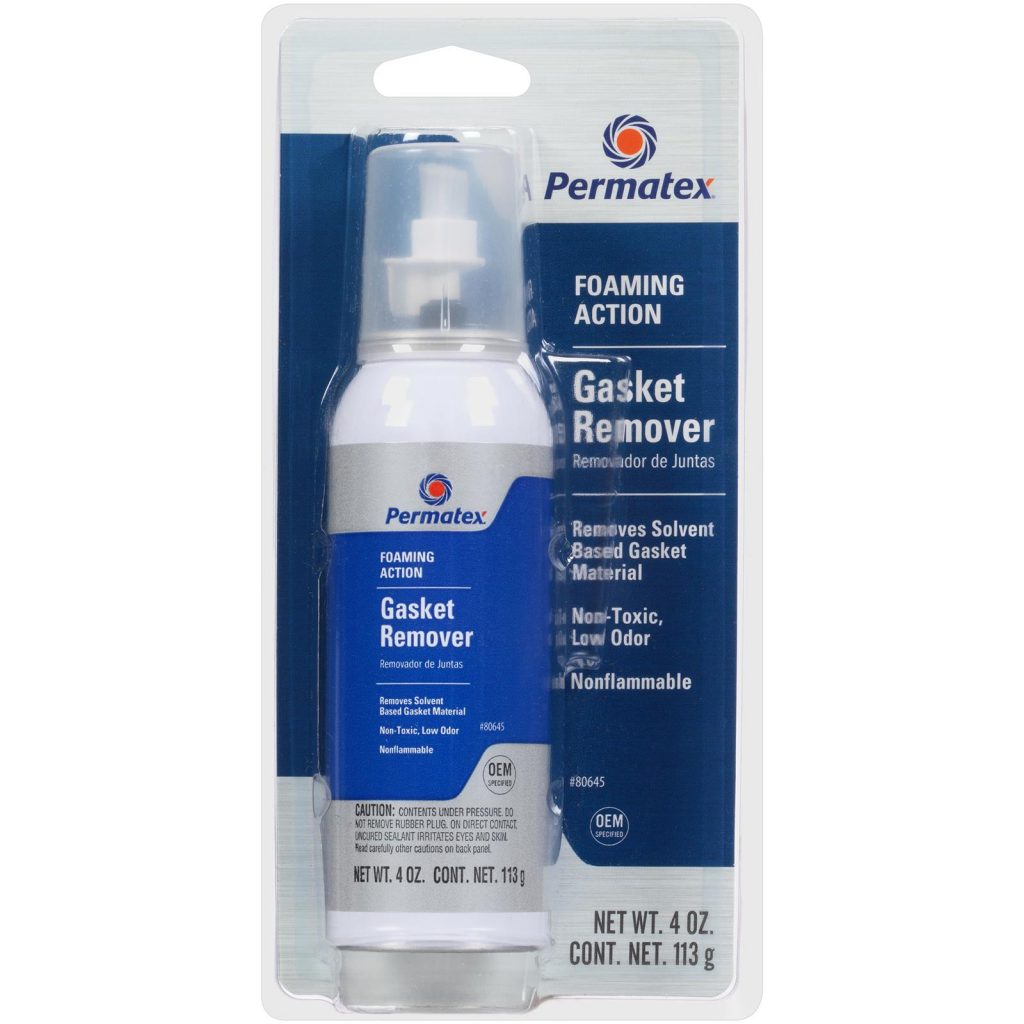
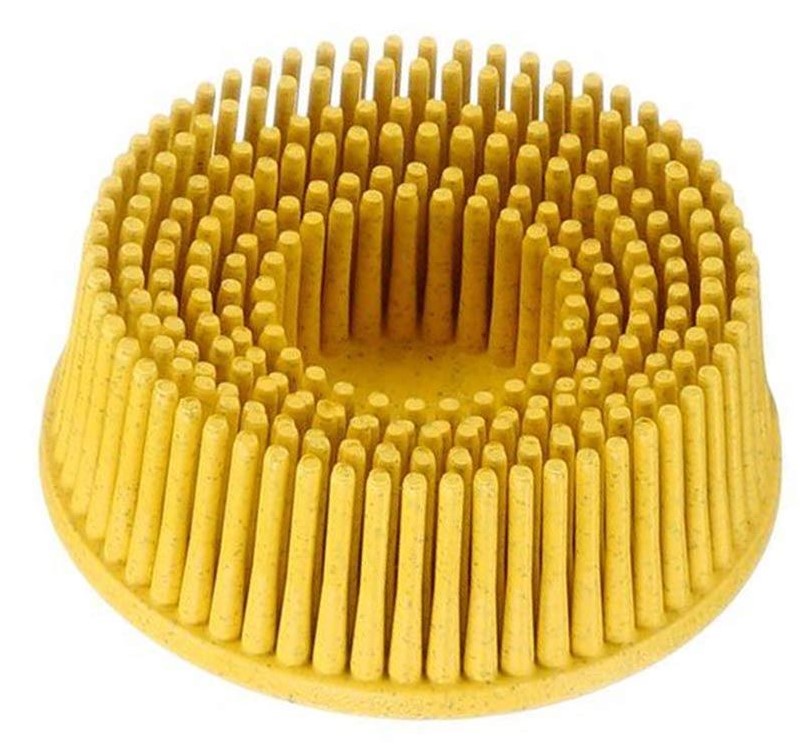
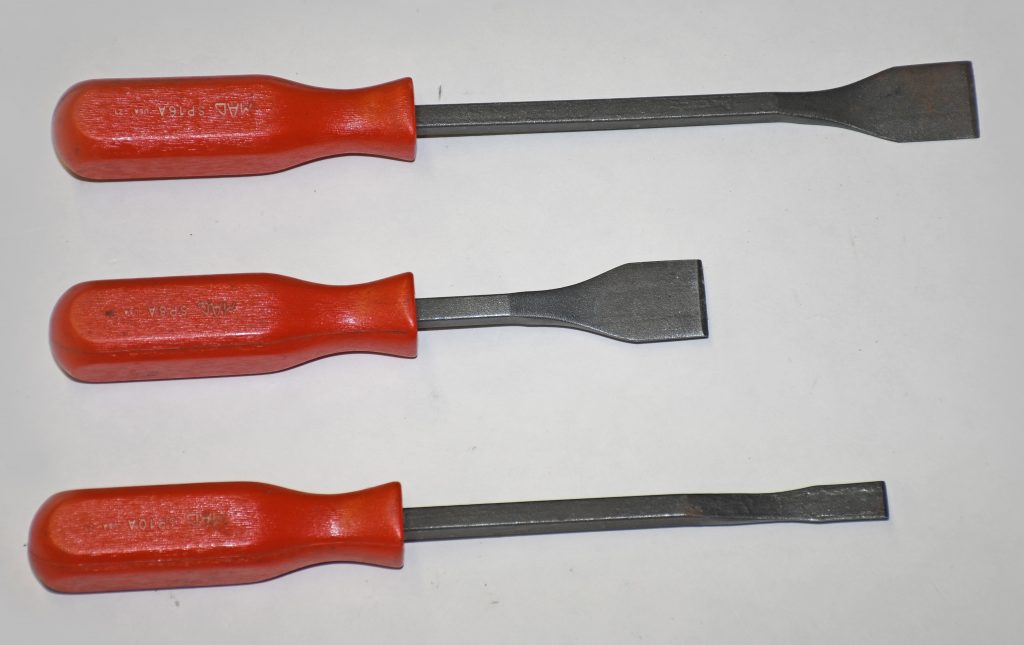
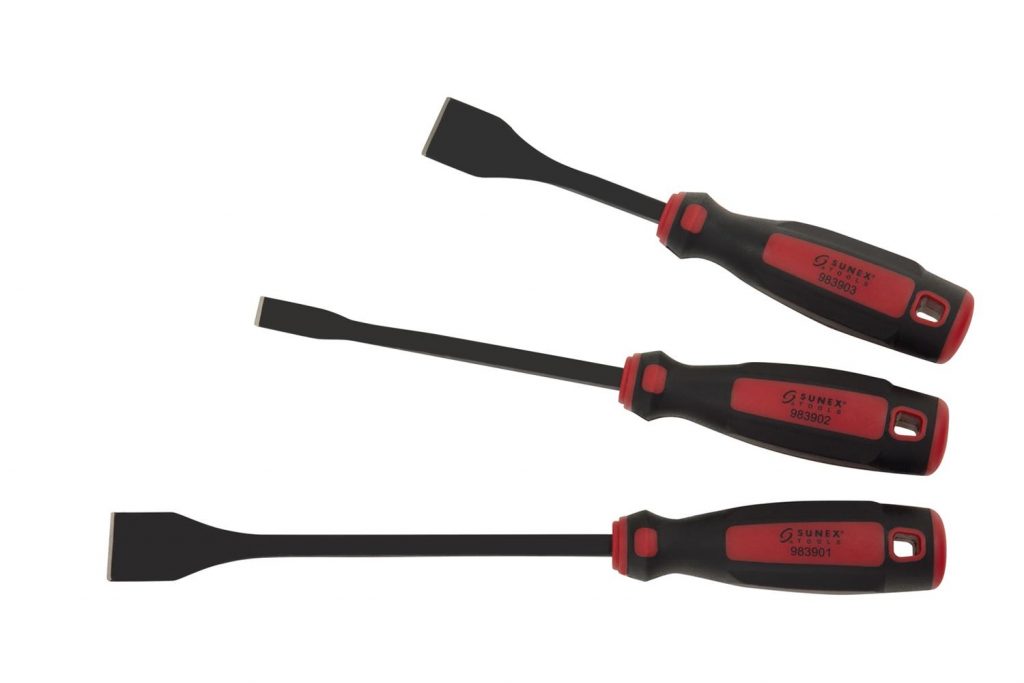

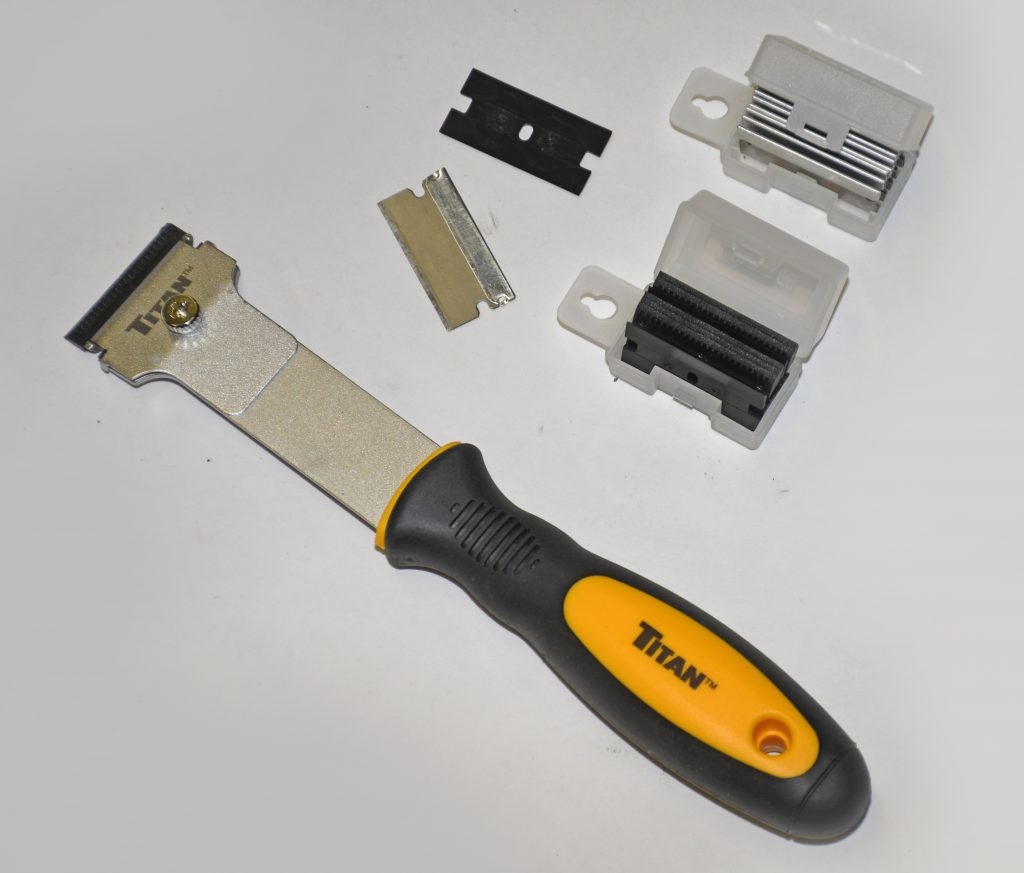
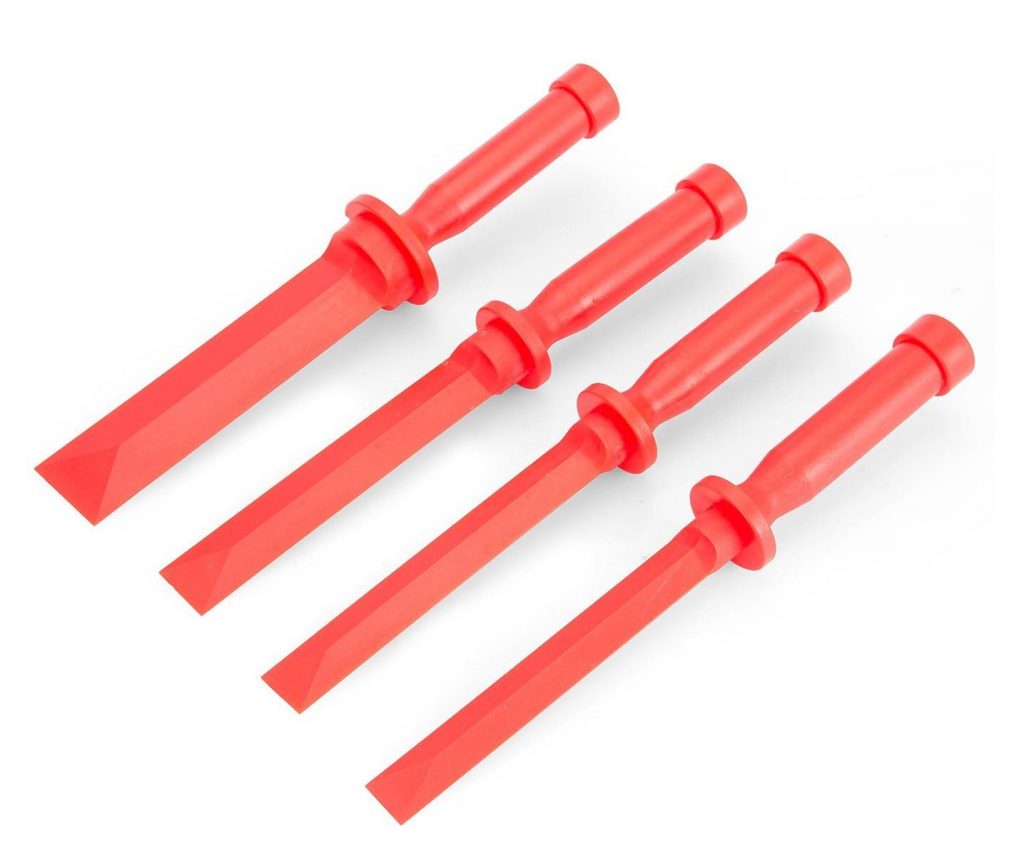

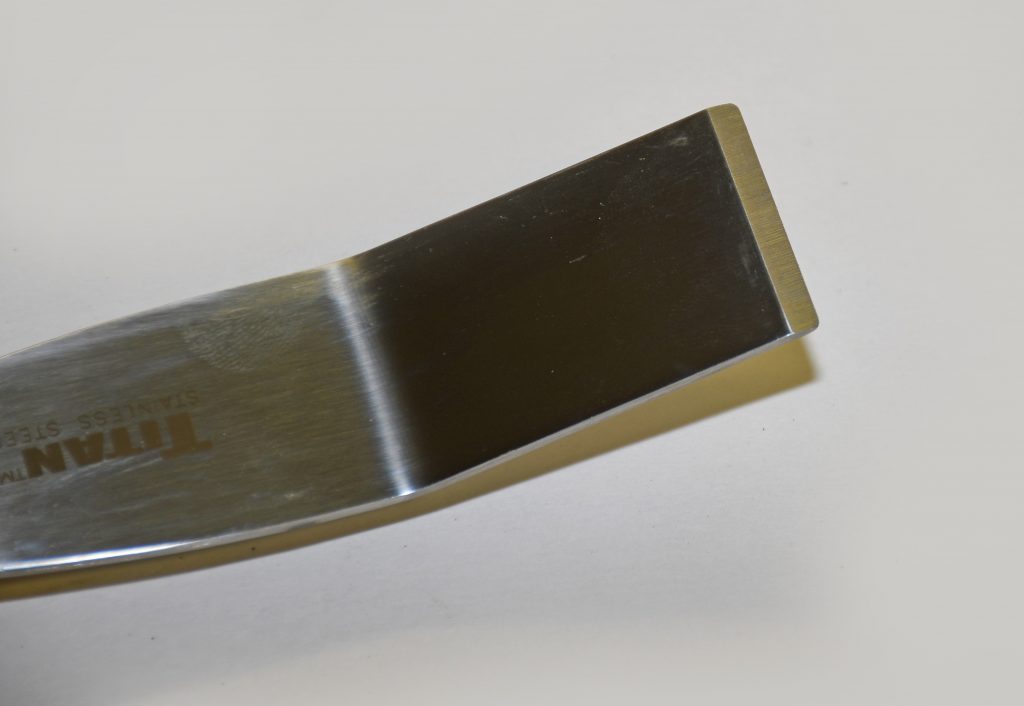
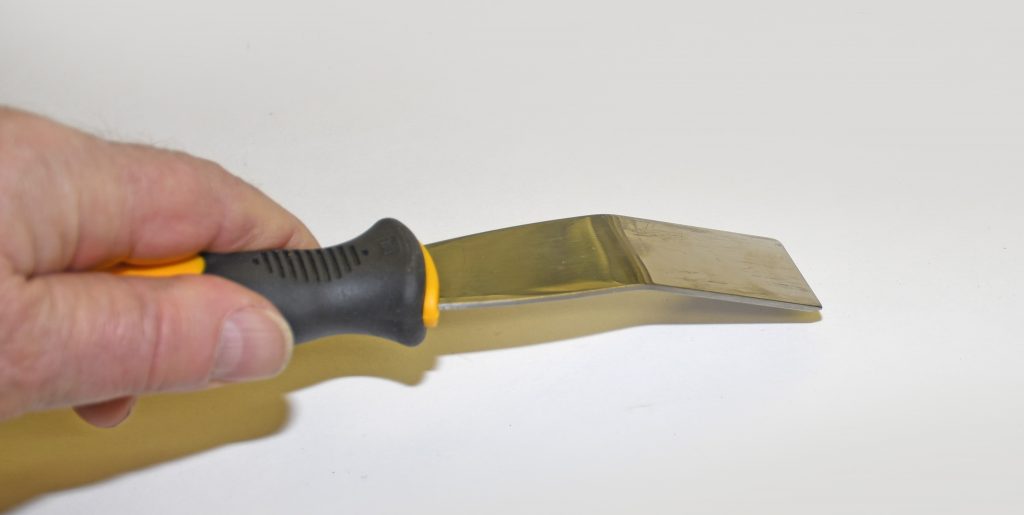

You can get a Pneumatic Gasket Scrapper and it will make short work of the tedious job.
[…] Scraping Tools: Taking Drudgery Out of the Equation:https://www.onallcylinders.com/2021/06/17/gasket-scraping-tools-taking-drudgery-out-of-the-equation/Brothers Trucks’ 1964-1966 Dash […]